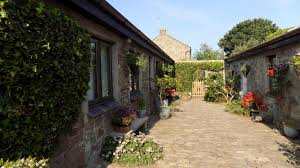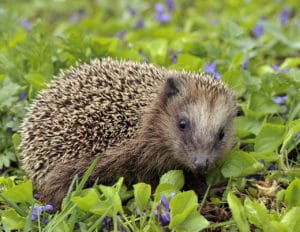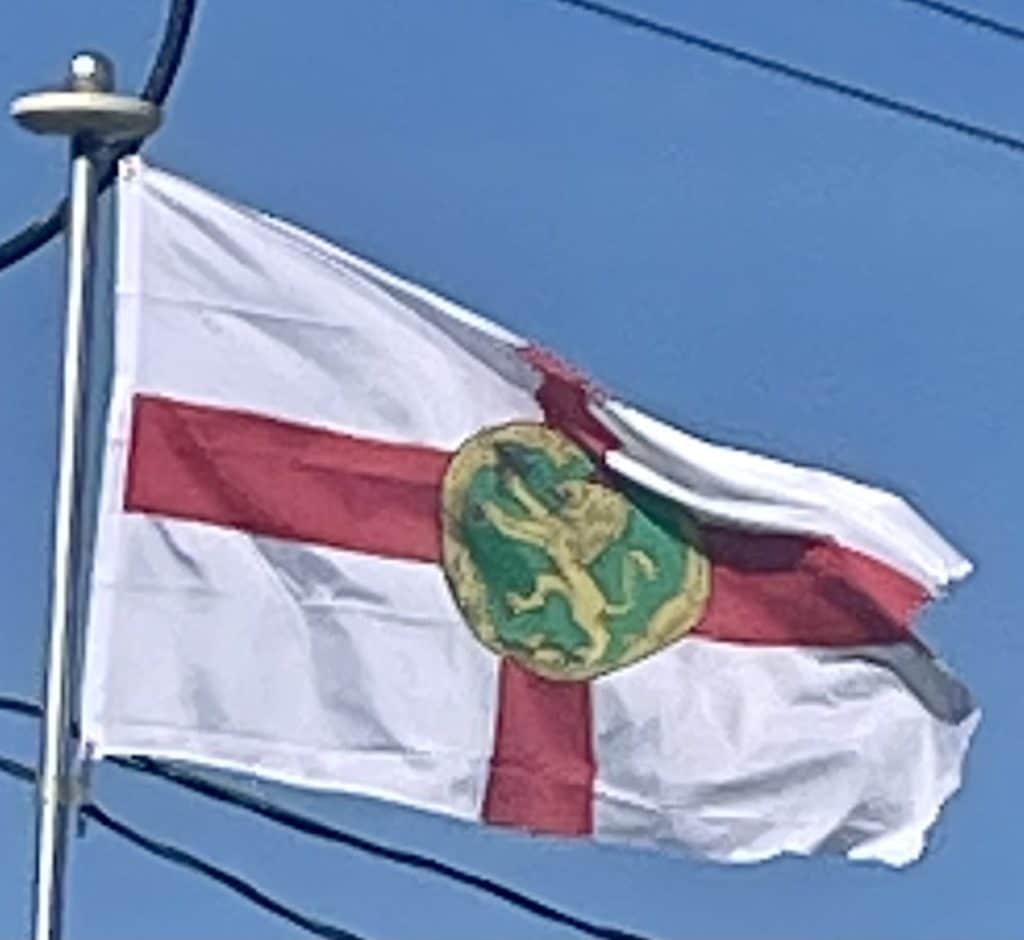Because of the island’s small population, it was believed that the island could not be self-sufficient in running the airport and the harbor, or providing services that would match those of the UK. Taxes were therefore collected into the general Bailiwick of Guernsey revenue funds at the same rate as in Guernsey, and administered by the States of Guernsey. Guernsey became responsible for providing many government functions and services.

The 20th century saw much change in Alderney, from the building of the airport in the late 1930s to the death of the last speakers of the island’s Auregnais language, a dialect of the Norman language.
Geography:
Alderney is similar to the other Channel Islands in having sheer cliffs broken by stretches of sandy beach and dunes. The highest point is on the central plateau of the island at 296 feet (90 meters).
Alderney and its surrounding islets support a rich flora and fauna. Trees are rather scarce, as many were cut down in the 17th century to fuel the lighthouses on Alderney and the Casquets. Those trees that remain include cabbage trees, due to the mild climate – often miscalled “palms” but of the asparagus family), and there are some small woods dotted about the island. Puffins on Burhou and gannet on Les Étacs (popularly called Gannet Rock) just off Alderney are a favorite of many visitors to the island.
About a quarter of Alderney hedgehogs are of the “white” or “blonde” variety, which does not carry fleas. These are not albinos, but descent of rarely met blonde European hedgehogs, with a blonde pair released on the island in the 1960s. The island had its own breed of cattle, called the Alderney. The pure breed became extinct in 1944, but hybrids remain elsewhere, though no longer on Alderney. In August 2005, the west coast of Alderney and associated islands, including Burhou and Ortac, were designated as Ramsar wetlands of international importance. The Alderney Wildlife Trust helps to manage the two nature reserves, at Longis and Vau du Saou.

The island is surrounded by rocks, which have caused hundreds of wrecks. There are treacherous tidal streams on either side of the island: the Swinge between Alderney and Burhou, just outside the harbor, and Le Raz between the island and the Normandy mainland. The Corbet Rock lies in the Swinge.
Economy:
The economy has gone from depending largely on agriculture to earning money from the tourism and finance industries. E-commerce has become increasingly important, and the island hosts the domain name registry for both Bailiwicks and dozens of gambling website operators. Alderney has a full regulatory authority in operation.
Transportation:
Alderney is served by Alderney Airport. There are several flights each day from Southampton and Guernsey, with links to many parts of the United Kingdom and Europe. Aurigny serves the island with Dornier 228s.
Boats sail regularly between the island and France, and to the other Channel Islands. A high-speed passenger ferry is operated in summer to Diélette in the commune of Flamanville, Manche in France, and to St Peter Port, Guernsey. Weekly freight services, also carrying passengers, link Poole and St Peter Port. A 12-passenger boat operates services to Cherbourg, Sark and St Peter Port. Alderney is 72.5 miles (116.7 kilometres) from St Malo and 70.3 miles (113.1 kilometres) from Poole.
